Union Budget 2021-22 focus more on incentivising manufacturing sector
February 1, 2021 7:18 pm
Union finance minister has announced infusion of ₹ 1.97 lakh crores to boost the manufacturing sector and has laid a vision of creating a self-reliant India.
Union Finance Minister Nirmala Sitharaman announced her 2nd Union Budget for financial year 2021 – 22. According government’s focus towards the manufacturing sector has been widely increasing under the purview of initiatives like Make in India and Atmanirbhar Bharat. Finance minister has announced of infusion of ₹ 1.97 Lakh Crores to boost the manufacturing sector and has laid a vision of creating a self-reliant India. Sitharaman further emphasised on strengthening our infrastructure and financial backings will empower our dream of becoming a 5 Trillion economy. In 2020, government has announced PLI Scheme for large-scale electronics manufacturing that serves the purpose of providing incentives to the producers. And in 2021-22 budget, government foresee India taking a leap step towards becoming a global hub for manufacturing and exports. She further proposed ₹ 15,700 crores for MSME has been provided. Talking about the automobile sector, finance ministry today announced of fitness tests for old vehicles – after 20 yrs for PVs, 15 years for CVs, says FM, announcing a voluntary vehicle scrapping policy.
Following are the key highlights of Budget 2021 – 22 –
MSME SECTOR and Industry
- Around ₹15,700 crores for MSME has been provided, which is more than double of previous year, says FM.
- Government also proposes to reduce margin money requirement from 25 percent to 15 percent for startups.
- Collateral free loans for businesses
- Fund of funds will be set up for MSMEs
- PM Garib Kalyan Yojana
- Subordinate debt for MSMEs
- Disallowing global tenders of up to ₹200 crores
- Change in definition of MSMEs
- The government had announced ₹3 lakh crore Emergency Credit Line Guarantee Scheme (ECLGS) for MSMEs under the Aatmanirbhar Bharat Abhiyan package in order to mitigate the stress caused by the lockdown. The scheme was valid till the month of October. Finance Minister Sitharaman had later extended the ECLGS till November 2020 and had further extended it till March 21, 2021.
- One-person companies
- The government plans to allow incorporation of one-person companies with no restriction on paid-up capital and turnover.
- Non-resident Indians will also be allowed to incorporate one-person companies in India.
Automobile Sector
- In the automobile sector, auto parts such as ignition wiring sets, safety glass, and parts of signaling equipment will see a hike in customs duty rates if they are imported. Here, the customs duty has been hiked to 15 percent from a 7.5/10 percent range.
- Government aims to spend 1.97 crores on various PLI schemes over the next 5 years, starting from this fiscal.
- There will be addition of 40,951 crore announced for the PLI for electronic manufacturing schemes.
- The production linked incentive scheme (PLI) for large-scale electronics manufacturing serves the purpose of providing incentives to producers.
- Under the scheme, eligible players will receive incentives ranging from 4 per cent to 6 per cent of production value for five years, after they achieve their investment and production value target for each year.
- The scheme also aims to encourage local companies to set up or expand existing manufacturing units in the country. The move is significant for the manufacturing sector in a time as it faces a crisis because of the ongoing coronavirus pandemic.
Manish Bhatnagar, Managing Director, SKF India, comments “Concentrating on the revival of the economy, this budget is totally one of its kinds. Along with bringing cutting edge technology, increasing the demand for new commercial vehicle (CV) and Passenger vehicles (PV), creating new jobs, schemes like the PLI and voluntary scrappage policy are likely to nurture and boost the Indian manufacturing industry to become an integral part of the global supply chains. Furthermore, ensuring liquidity in the economy and unhindered flow of capital, the package for roads and railways infrastructure is bound to give an impetus to the COVID-hit economy. The robust push to infrastructure including economic corridors, manufacturing and MSME’s collectively, is likely to help boost demand for heavy & medium duty CV’s”.
Rama Kirloskar, Director, Kirloskar Brothers Ltd., says “This Budget assumes greater significance as it comes amid the Covid-19 pandemic, which has led to a massive economic disruption in India and around the world. The government’s aim to spend ₹1.97 lakh crore on various PLI schemes over the next 5 years is a step in the right direction. This move is likely to attract global players in the Indian manufacturing sector as the government is planning to offer plug-and-play infrastructure. The special focus on manufacturing will also assist in augmenting Foreign Direct Investment (FDI) in this sector which is undoubtedly the need of the hour. The Budget 2021 also addresses the needs of the unorganized labour force, with the proposal to launch a portal to collect relevant information on gig workers, building/construction workers, among others. This will help formulate health, housing, skill, insurance credit and food schemes for migrant workers. This proposal is indeed required to make India’s workforce future ready.”
Mustafa Wajid, Chair, Steering Committee, IET Future of Mobility and Transport Focus and CEO, Meher Group said, “The Budget is a holistically encouraging one, given the economic challenges and constraints facing our country in the backdrop of the pandemic. Acceleration of economic recovery may be expected. From a mobility and transport standpoint, the Union Budget 2021 has many promising initiatives. We particularly welcome the long-term focus on improving public transport infrastructure – continuing investments in metro-rail projects in cities of Bangalore and Chennai and in non-metro cities of Nashik, Nagpur and Kochi as well as impetus provided to over 25+ on-going metro projects nationally. Proposal to augment public bus transport infrastructure using public private partnerships is indeed an idea whose time has come. It will be interesting to see how these 20,000 proposed buses will ease the urban mobility scenario in India. Proposed outlays for MORTH and NHAI point to a nationwide strengthening of roads.
Dinesh Aggarwal, Joint Managing Director, Panasonic Life Solutions India Pvt.Ltd, said “As was expected, the Union Budget 2021 has focused on our nation’s growth and brings a very positive sentiment to facilitate the economic reset. This was seen in the major fiscal support announced for Farm produce, the PLI scheme of 1.95 Lac crores over 5 years, for boosting manufacturing and the opening of FDI in the Insurance industry up to 74 percent. Reflecting on the continued focus on ‘AtmaNirbhar Bharat’, the Finance Minister has announced extended support for the manufacturing of electronic components & sub-assemblies, including mobile phones. The public infrastructure has got a strong boost with specific allocation for NHAI for continued vigor on highway construction and improvement of the roads; with specific budget allocation for some of the states, including Assam. Focusing on rebuilding India, this is a very positive budget for the industry as the PLI scheme will accelerate growth and encourage global manufacturing companies to create large-scale employment in production and allied areas like product development and design, considering the talent pool which exists across India.”
Cookie Consent
We use cookies to personalize your experience. By continuing to visit this website you agree to our Terms & Conditions, Privacy Policy and Cookie Policy.



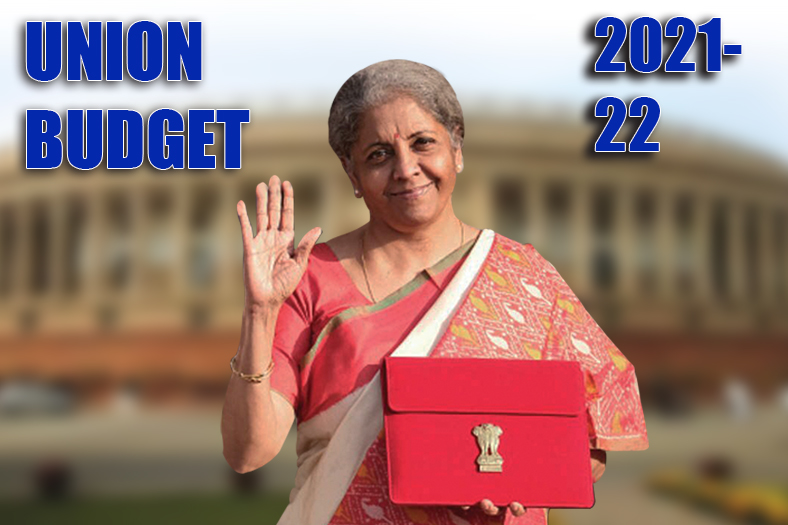
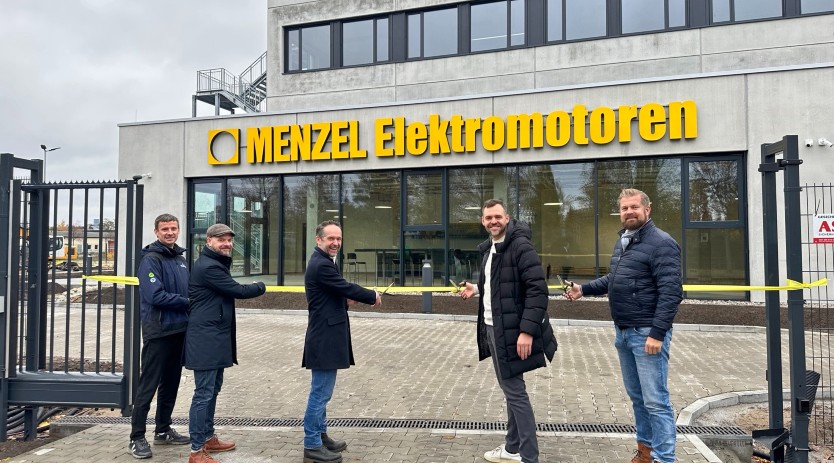
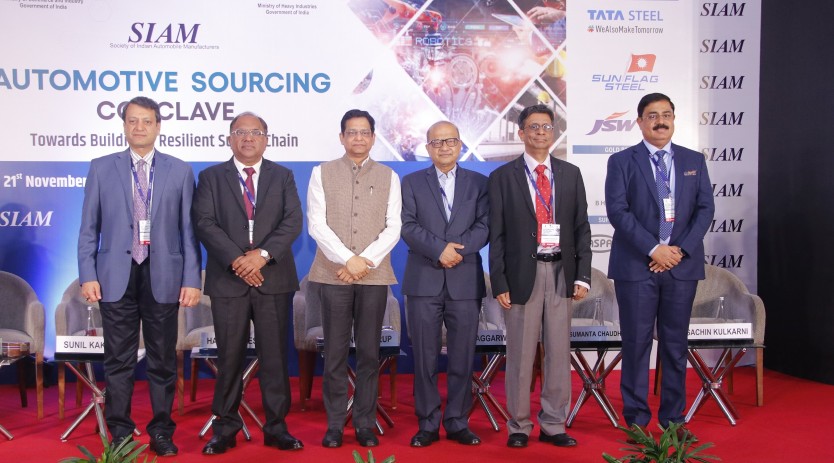
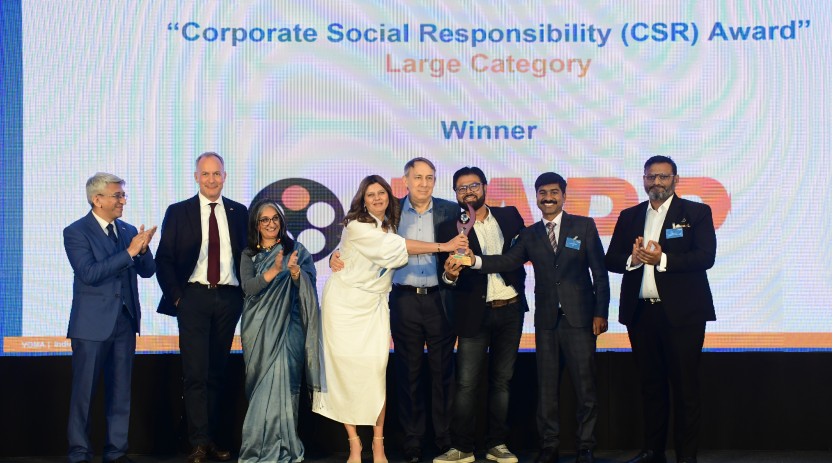




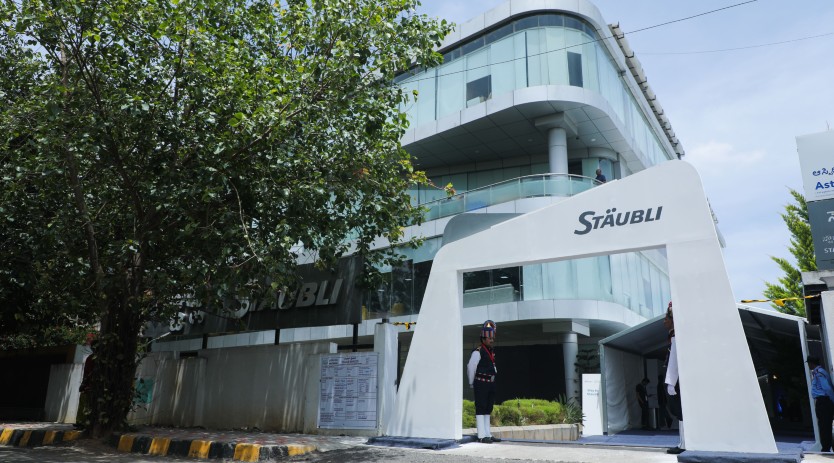

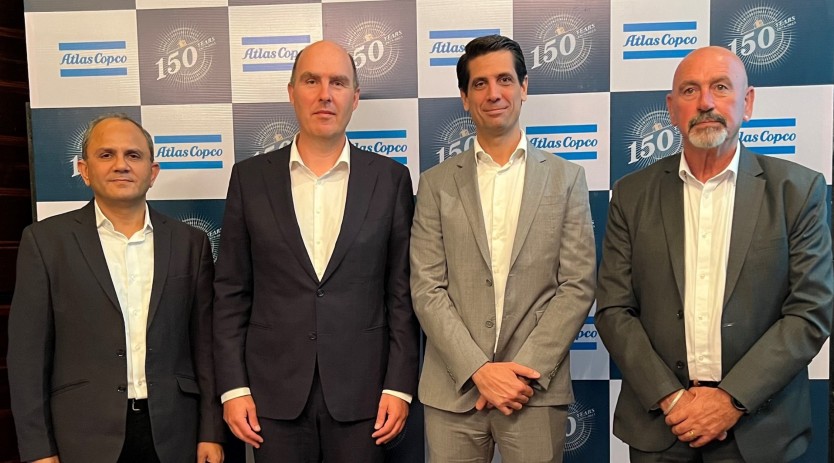




 English
English Hindi
Hindi